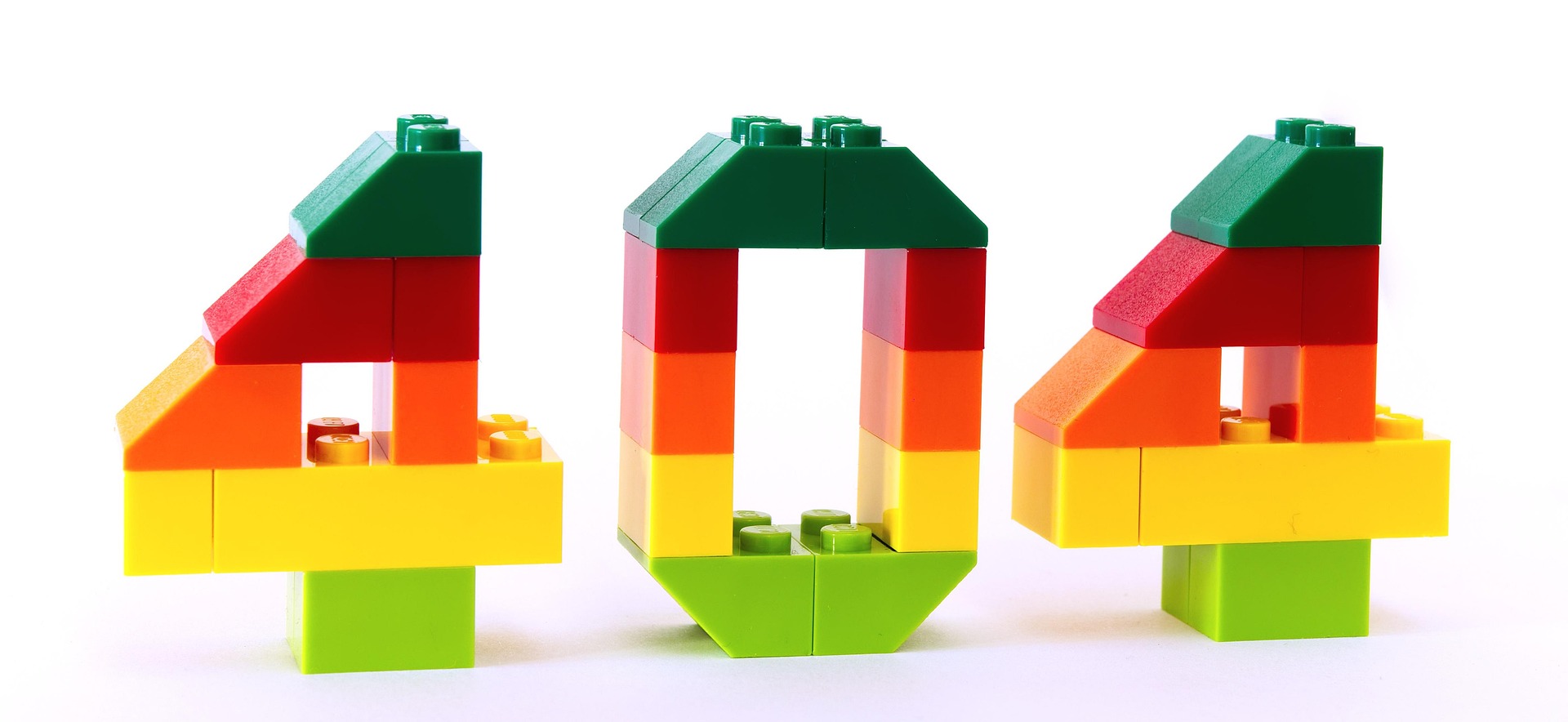Mindfulness Activities, Exercises & Techniques
Discover a variety of mindfulness activities, exercises, and techniques to improve your physical and mental well-being, enhance relationships, and cultivate greater presence in everyday life. The post Mindfulness Activities, Exercises & Techniques appeared first on Lion’s Roar.

Mindfulness is a basic capability of the mind that can be cultivated for various reasons and in various ways. The benefits of practicing mindfulness range from improving one’s physical and mental well-being to communicating more clearly and developing stronger relationships.
Since mindfulness is always present in the mind —it’s just a matter of noticing it — one can, technically, practice it in every moment of every day. Mindfulness tools are always available to us, whether while drinking your morning tea, during your afternoon yoga practice, or observing your breath as you fall asleep.
Popular ways to practice mindfulness include:
Mindfulness Meditation
Seated meditation, walking meditation, body scans, and movement meditations are all beneficial mindfulness practices that help us center the mind and body in the present moment. The breath is an essential part of mindfulness practice in these meditation styles. By focusing on the breath and coordinating it with the mind, you can bring an element of mindfulness meditation to any activity.
Mindful Eating
Mindful eating is an easy way to incorporate mindfulness practice into daily life. When we bring our attention to what and how we eat, we connect anew with ourselves and appreciate the world around us, as well as all the people and entities that contributed to the appearance of food on our table. In truly enjoying the crunch of an apple in autumn or the sweet chill of ice cream on a summer day, we savor the present moment. When we bring our intentional awareness to the food in front of us, even the ordinary can become extraordinary, and our appreciation and pleasure deepen.
Mindful Journaling
Journaling can allow us to examine our present moment. By reflecting on our lives regularly through writing, we can become more ongoingly aware of our emotions, experiences, and what weighs on us. With such deepened awareness, we can act more clearly in accordance with our values.
Mindful Movement
As Thich Nhat Hanh has said, “We can sit and breathe, but it is just as important to practice mindful breathing while we are moving.” Whether through yoga, athletics, the arts, or our daily movements like walking or stretching, practicing mindful movement offers us an opportunity to connect the body and the mind.
Taking a Mindful Pause
Taking intentional moments to pause throughout your day is one of the easiest ways to incorporate mindfulness into your life. Any spare moment can be used for a mindful pause. Whether it’s taking three conscious breaths in the doctor’s waiting room, pausing to notice your emotions before sending a reactive email at work, or noticing your surroundings while driving, a quick, attentive pause can significantly improve your day.
Related: Pema Chödrön teaches how to take “Three Conscious Breaths”
Mindful Breathing
We breathe in and out about 22,000 times a day, but how many of those times do we focus on the air entering and leaving our lungs? Mindful breathing encourages us to pause and take a moment to tune into our bodies and our breath. This can be done while standing, sitting, walking, or lying down; the ideal position is what’s comfortable for you.
Mindful Parenting
Mindful parenting denotes being present with your children’s day-to-day experiences and managing your own emotions so you can best teach your kids to manage theirs. Easier said than done, perhaps, but remember: being mindful doesn’t mean you need to be perfect. Noticing when negative feelings arise, allowing those feelings to be felt, and choosing to react without anger or blame are all part of being a mindful parent to your kids.
Mindful Self-Compassion
Most of us are taught how to be compassionate toward others from a young age, but we rarely learn to turn that compassion inward. Self-compassion is about extending understanding toward oneself. Mindful self-compassion simply seeks to add mindfulness to the equation. Once combined, we can learn not only to self-soothe in the face of emotional and physical hardships but also to redirect or transform negative thoughts into experiences from which we can grow.
Frequently Asked Questions
What Is the Difference Between Mindfulness and Meditation?
Mindfulness is a form of awareness that you can embody in your day-to-day life to be more present in the moment, while meditation is a practice that uses mindfulness to focus and calm the mind.
Is There a Right or Wrong Way to Meditate?
While there are certainly techniques that help facilitate easier meditation, what’s more important is listening to yourself and your mind and body’s needs.
What Is Mindful Leadership?
To be a mindful leader, one must first be an active listener. Listening creates avenues for open communication and helps extend empathy to those under one’s leadership. Being mindful of one’s leadership means not only achieving the goals of the company/organization but also fostering a healthy and enriching environment for everyone involved.
How Can I Be More Mindful at Work?
Work can be a serious stressor. However, we can lessen workplace stress and replace it with tranquility by engaging in mindfulness, feeling grateful for our work, and learning to slow down and stop when we need to recharge.
How Can I Be More Mindful in My Relationship?
While changing another person’s behaviors is undoubtedly challenging, we do have control over our own attitudes, emotions, and thoughts. Being mindful of these as they arise — especially the negative ones — can help us avoid saying things or reacting in ways we don’t mean. Mindfulness also helps us cultivate a compassionate ear to the concerns of our partners, which can go a long way in creating a relationship built on mindfulness and mutual respect.

 BigThink
BigThink 






























